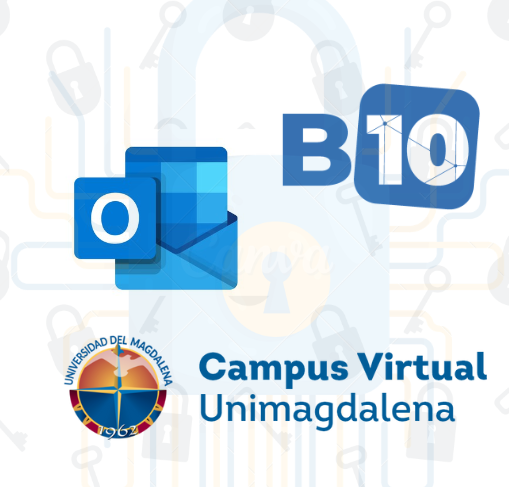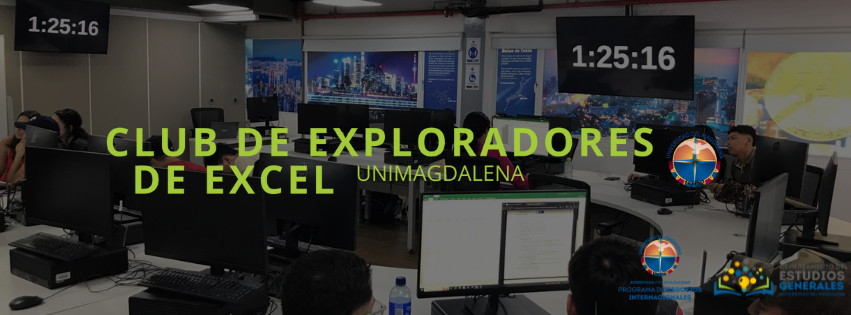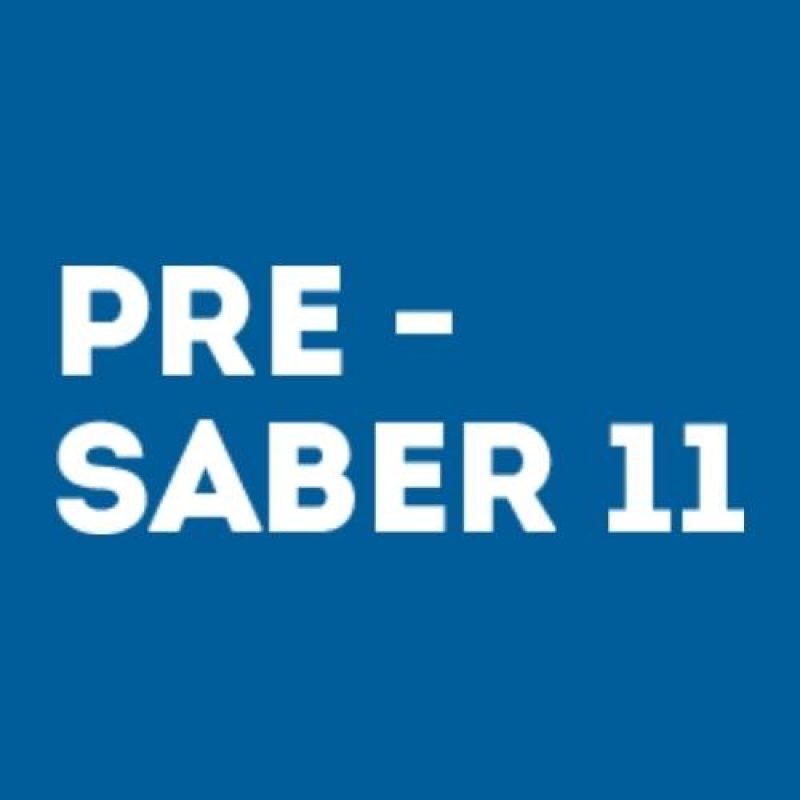Have you ever thought about how different is to teach a Second Language to an elderly learner compared to a younger student? or even better have you ever taught a second language to an elderly learner? have you faced any challenges? Teaching a Second Language to older adults is an amazing experience but it has unique challenges. In this post, we’ll explore how we can create inclusive, effective, and respectful learning environments for elderly learners of a Second Language.
Many elderly students face difficulties using digital tools, processing new information, or feeling confident enough to learn a new language. Through my research and personal reflection, I identified as the most common barriers:
- Low digital literacy
- Processing information
- Limiting beliefs
- Strong learning habits from traditional education
To overcome these challenges, It’s important to have different strategies:
- Step-by-Step Guidance: One of the most common challenges elderly learners face is navigating digital platforms, such as the Campus Virtual used at Universidad del Magdalena. These tools can be confusing or intimidating for those who did not grow up with technology.
That’s why providing step-by-step guidance is essencial. As teachers we can create an instructional video, it’s an useful strategy because learners can rewatch it every time they need, and as a teacher you can reuse it for future groups. - Teaching at a Patient Pace: Elderly learners often need more time to process new information, you have to have clear that is not a limitation, it’s just a different rythm. That’s why teaching at a patient pace is essential. Instead of rushing through lessons, we should provide extra time for reflection, repetition, and practice. By respecting their rythm, we reduce frustration and buld trust.
- Creating a Supportive and Non-Judgmental Atmosphere: Many elderly learners carry limiting beliefs, these can really affect their confidence. That’s why it’s essential to create a supportive and non-judgmental learning environment where mistakes are seen as part of the process, not as failures. It’s important to use positive reinforcement, to give personalized feedback and to show patience.
- Introducing Modern Methods Gradually: Elderly learners often come from educational backgrounds where learning was different than nowadays. If we introduce new methdologies too quickly, learners may feel overwhelmed or disconnected. Instead, we should gradually integrate interactive approaches, such as group activities, digital tools etc, start with small things and make it bigger with time. This adaptation help students gain confidence.
Here’s a visual summary of the main challenges and strategies I explored: Each panel reflects real educational challenges and possible strategies. The goal is to celebrate our elderly learners, not underestimate them.

Teaching elderly learners invites us to grow as educators. I’d love to hear your stories and tips!
Have you ever taught someone over 60? What worked for you?
Let’s share more strategies and build an inclusive language teaching community.
T0 dieron "Me gusta"Publicado en Educación


















Comentarios